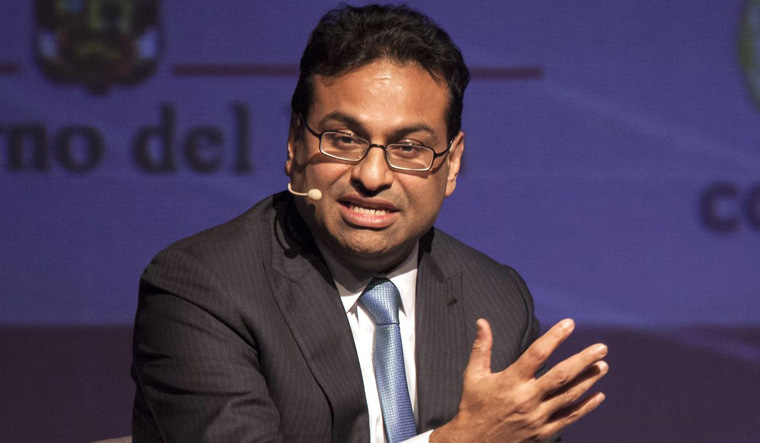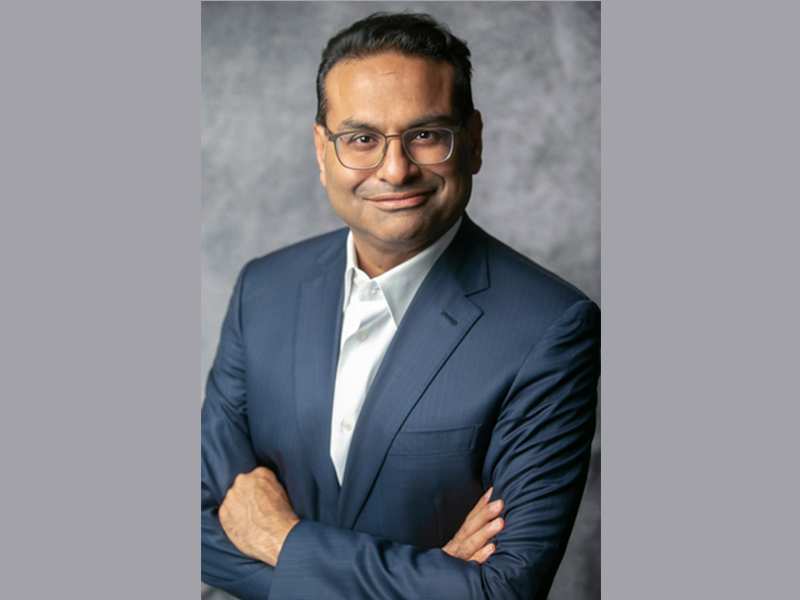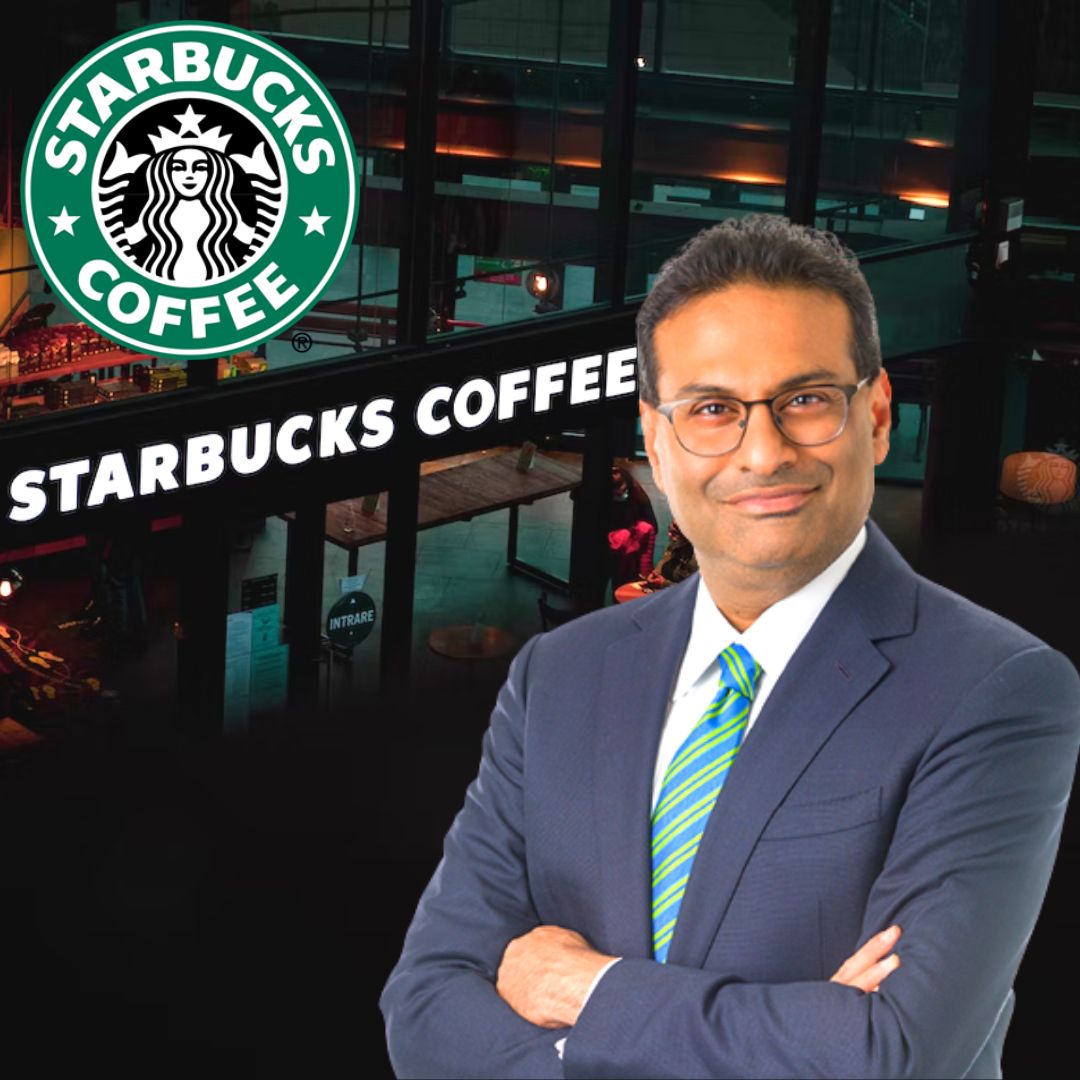Howard Schultz’s Leadership Journey: Ceo Of Starbucks

Howard Schultz’s journey at Starbucks is a testament to his visionary leadership and unwavering commitment to building a brand that resonates deeply with its customers. From his initial role as a marketing director to his transformative leadership as CEO, Schultz has left an indelible mark on the company’s success and global recognition.
Howard Schultz’s Early Years and Initial Role at Starbucks, Ceo of starbucks
Schultz’s journey began in 1982 when he joined Starbucks as a marketing director. He was immediately drawn to the company’s unique coffee culture and its potential for growth. His role involved overseeing the company’s marketing and branding efforts, which laid the foundation for the iconic brand that Starbucks is today. Schultz’s passion for coffee and his understanding of the consumer market proved invaluable during his initial years at Starbucks. He saw the potential to create a “third place” between home and work, where people could connect, relax, and enjoy a quality cup of coffee. This vision would later become a cornerstone of Starbucks’ success.
Key Decisions and Strategies During Schultz’s First Tenure as CEO
Schultz’s leadership was instrumental in transforming Starbucks from a regional coffee roaster into a global phenomenon. During his first tenure as CEO from 1987 to 2000, he implemented several key decisions and strategies that redefined the company’s trajectory. One of his most impactful decisions was to shift Starbucks’ focus from coffee beans to the coffee experience. He envisioned Starbucks as a place where customers could enjoy a premium coffee experience in a welcoming and inviting environment. To achieve this vision, Schultz implemented several strategies:
- Expansion of Store Locations: Schultz recognized the importance of accessibility and expanded Starbucks’ footprint by opening stores in new locations across the United States and internationally. This strategic expansion allowed Starbucks to reach a wider customer base and build a strong brand presence globally.
- Emphasis on Customer Experience: Schultz understood that customer satisfaction was paramount to Starbucks’ success. He implemented a customer-centric approach, focusing on creating a welcoming and engaging environment in each store. This included training baristas to provide exceptional customer service and ensuring that each store offered a consistent experience.
- Innovation in Coffee and Menu Offerings: Schultz continuously sought to innovate and expand Starbucks’ menu offerings. He introduced new coffee blends, beverages, and food items to cater to diverse customer preferences. This focus on innovation kept Starbucks at the forefront of the coffee industry and ensured its relevance in a constantly evolving market.
Impact of Schultz’s Leadership on Starbucks’ Growth and Brand Development
Schultz’s leadership had a profound impact on Starbucks’ growth and brand development. Under his guidance, Starbucks transformed from a regional coffee roaster into a global icon, synonymous with quality coffee and a welcoming atmosphere. Schultz’s vision and strategic decisions played a crucial role in establishing Starbucks as a dominant force in the coffee industry.
- Global Expansion: Schultz’s vision for Starbucks extended beyond the United States. He led the company’s global expansion, opening stores in new markets and introducing Starbucks to a wider international audience. This expansion contributed significantly to Starbucks’ revenue growth and brand recognition.
- Brand Loyalty: Schultz’s focus on customer experience and brand building fostered a strong sense of loyalty among Starbucks customers. He created a brand that resonated with people on an emotional level, establishing Starbucks as more than just a coffee shop but a place where people could connect, relax, and enjoy a unique experience.
- Cultural Impact: Starbucks’ success under Schultz’s leadership extended beyond financial performance. The company became a cultural phenomenon, influencing coffee culture worldwide and setting a new standard for the coffee industry. Starbucks’ commitment to ethical sourcing and community engagement further solidified its positive image and brand reputation.
Comparison and Contrast of Schultz’s Leadership Style During His First and Second Tenures
Schultz’s leadership style evolved over time, reflecting his experiences and the changing dynamics of the company. During his first tenure, Schultz’s leadership was characterized by his visionary approach, his focus on customer experience, and his commitment to building a strong brand identity. He was a charismatic leader who inspired his team and drove the company’s growth.
During his second tenure as CEO from 2008 to 2017, Schultz’s leadership style became more pragmatic and focused on addressing the challenges facing Starbucks. He implemented several initiatives to improve operational efficiency, streamline processes, and regain customer trust. While his vision for Starbucks remained constant, his approach to leadership adapted to the changing landscape of the company and the industry.
Challenges and Opportunities Schultz Faced as CEO
Schultz’s leadership journey was not without its challenges. During his first tenure, he faced the challenge of balancing growth with maintaining the company’s core values and culture. He also had to navigate the complexities of global expansion and adapt to changing consumer preferences.
During his second tenure, Schultz faced the challenge of revitalizing Starbucks’ brand after a period of decline. He had to address concerns about customer service, product quality, and the company’s overall image. However, he also had the opportunity to leverage Starbucks’ global presence and strong brand recognition to drive innovation and expand into new markets.
Starbucks’ Business Model and Strategies

Starbucks’ business model is built on providing a premium coffee experience that goes beyond just serving a cup of coffee. It’s about creating a welcoming and comfortable environment where customers can connect, relax, and enjoy their coffee. This model has driven Starbucks’ success, and the company continues to refine its strategies to maintain its competitive edge.
Starbucks’ Core Business Model and Key Revenue Streams
Starbucks’ core business model revolves around three main revenue streams:
- Coffee Sales: This is the largest revenue stream, encompassing brewed coffee, espresso drinks, Frappuccinos, and other specialty coffee beverages.
- Food Sales: Starbucks offers a variety of food items, including pastries, sandwiches, salads, and snacks, which contribute significantly to its revenue.
- Other Revenue: This includes merchandise sales (tumblers, mugs, etc.), licensing agreements, and revenue from its loyalty program.
Starbucks’ Competitive Advantages
Starbucks has established a strong competitive advantage through several key factors:
- Brand Recognition: Starbucks has built a strong brand identity, known for its high-quality coffee, welcoming atmosphere, and commitment to sustainability. This brand recognition attracts a loyal customer base.
- Store Network and Location Strategy: Starbucks has a vast network of stores, strategically located in high-traffic areas, making it convenient for customers to access their products.
- Customer Experience: Starbucks prioritizes customer experience, providing personalized service, comfortable seating, and a unique atmosphere that encourages customers to stay longer.
- Innovation and Product Development: Starbucks consistently introduces new products and variations, catering to changing customer preferences and trends. This keeps its offerings fresh and exciting.
- Loyalty Program: Starbucks’ loyalty program, “My Starbucks Rewards,” incentivizes frequent purchases and fosters customer loyalty, driving repeat business.
Starbucks’ Expansion Strategies
Starbucks has adopted a multi-pronged approach to expansion, including:
- International Growth: Starbucks has successfully expanded its presence globally, entering new markets and adapting its offerings to local tastes and preferences. This strategy has significantly increased its revenue and customer base.
- Diversification: Starbucks has diversified its product offerings beyond coffee, including tea, pastries, and other food items. This diversification strategy helps attract a wider customer base and reduce reliance on coffee sales alone.
- New Store Formats: Starbucks has experimented with new store formats, such as drive-thru-only locations and smaller, more mobile-friendly stores. These formats cater to specific customer needs and optimize store operations.
The Role of Innovation and Product Development
Starbucks recognizes the importance of innovation and product development in maintaining its competitive edge. The company continuously introduces new products, flavors, and variations to keep its offerings fresh and appealing. Some notable examples include:
- Seasonal Beverages: Starbucks’ seasonal beverages, such as Pumpkin Spice Latte and Peppermint Mocha, are highly anticipated by customers and generate significant revenue during specific periods.
- Nitro Cold Brew: This innovative beverage, infused with nitrogen gas, offers a smooth and creamy texture, attracting customers seeking a unique coffee experience.
- Plant-Based Options: Starbucks has expanded its plant-based offerings, including dairy-free milk alternatives and vegan pastries, catering to the growing demand for sustainable and ethical food choices.
Starbucks’ Customer Relationship Management Strategies and Loyalty Programs
Starbucks prioritizes customer relationship management (CRM) to build strong customer loyalty. Its “My Starbucks Rewards” program is a key component of its CRM strategy:
- Personalized Rewards: The program offers personalized rewards based on customer purchase history and preferences, encouraging repeat business and higher spending.
- Exclusive Offers: Members receive exclusive offers and promotions, providing them with added value and incentives to continue using Starbucks.
- Data Collection and Analysis: Starbucks collects data on customer preferences, purchase history, and store visits, which helps them understand their customer base and tailor their offerings accordingly.
Current CEO and Future Outlook

The current CEO of Starbucks, Laxman Narasimhan, took the helm in April 2023, bringing a wealth of experience from his previous roles at PepsiCo and Reckitt Benckiser. His leadership journey has been marked by a focus on innovation, operational excellence, and building strong consumer relationships. Narasimhan’s appointment marks a new chapter for Starbucks, as he navigates the company through a rapidly changing landscape.
Current Strategic Priorities and Vision
Starbucks’ strategic priorities are focused on delivering a seamless and personalized customer experience, driving innovation in product offerings and technology, and expanding its global footprint while remaining committed to sustainability and social responsibility. The company’s vision for the future is to be the leading global coffee brand, known for its exceptional quality, customer service, and ethical sourcing practices.
Challenges and Opportunities
Starbucks faces several challenges in the coming years, including:
- Increased competition from other coffee chains and independent cafes.
- Rising costs of raw materials and labor.
- Changing consumer preferences, with a growing demand for healthier and more sustainable options.
- The need to adapt to evolving technological advancements, such as mobile ordering and payment.
However, these challenges also present opportunities for growth. Starbucks can leverage its brand recognition and strong customer base to expand into new markets and product categories. The company can also invest in technology and innovation to improve its customer experience and efficiency.
Impact of Evolving Consumer Trends and Technological Advancements
Starbucks is closely monitoring evolving consumer trends and adapting its business model to meet changing demands. Consumers are increasingly seeking personalized experiences, convenient ordering options, and healthier choices. Starbucks has responded by introducing new products, such as plant-based options and cold brew coffee, and investing in mobile ordering and payment technologies.
The company is also exploring new ways to leverage technology to enhance the customer experience, such as using artificial intelligence (AI) to personalize recommendations and provide faster service.
Leadership Styles Comparison
| Leadership Style | Howard Schultz | Laxman Narasimhan |
|---|---|---|
| Visionary and Charismatic | Strong focus on creating a unique and inspiring culture. | Focus on driving operational excellence and innovation. |
| Transformational | Driven to transform the coffee industry and elevate the customer experience. | Emphasis on building a strong and sustainable business model. |
| Hands-On | Highly involved in all aspects of the business, from product development to store design. | More strategic and focused on long-term growth. |
Narasimhan’s leadership style is expected to complement Schultz’s legacy, building on Starbucks’ core values while driving innovation and efficiency. His focus on data-driven decision-making and operational excellence will be crucial as Starbucks navigates the complexities of the modern business landscape.
The CEO of Starbucks, a position known for its demanding role in leading a global coffee empire, has seen a change in leadership recently. The new CEO, ceo laxman narasimhan , brings a wealth of experience from his time at PepsiCo, where he held various leadership positions.
His expertise in the beverage industry and his focus on innovation are expected to bring fresh perspectives to Starbucks, ensuring the company continues to thrive in a competitive market.
The CEO of Starbucks, Howard Schultz, is a well-known figure in the business world. His leadership has been instrumental in shaping the company’s success. It’s interesting to note that Starbucks has faced its share of controversies, such as the case of Brian Nichols , a former employee who made headlines for his actions.
Despite these challenges, Starbucks remains a global icon, a testament to the power of branding and innovation.
